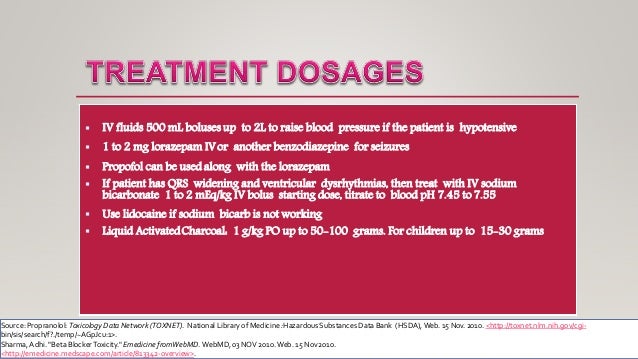
Hyperinsulinemia Euglycemia Therapy (HIET) Initiation:.Using Hyperinsulinemia Euglycemia Therapy(Lugassy 2015)

Even in a CCB poisoned animal model insulin increases myocardial glucose uptake resulting in improved contractility.In vitro and in vivo evidence has shown insulin’s positive inotropic and chronotropic effects( Reikeras 1985, Kline 1995).In a stressed state the heart turns to prefer carbohydrate and insulin appears to facilitate this preference.Under normal physiologic conditions the heart prefers to use free fatty acids as its primary energy source.CCB inhibits lactate oxidation resulting in lactic acidosis.As a result of lower insulin levels, glucose cannot move into the myocardial cells at a rate sufficient to respond to demand. CCB inhibits insulin secretion from the beta-islet cells of the pancreas.Blockade of calcium channels leads to effects outside the cardiovascular system as well.The liver responds to this increased demand by releasing glucose via gluconeogenesis, ultimately resulting in hyperglycemia. As the myocardium becomes stressed, it switches from catabolizing free fatty acids to catabolizing carbohydrates.

This can lead to vasodilation, decreased systemic vascular resistance, bradycardia, conduction delay, decreased contractility, hypotension and cardiogenic shock. BBs and CCBs lead to decreased intracellular calcium within the myocardial cells.



 0 kommentar(er)
0 kommentar(er)
